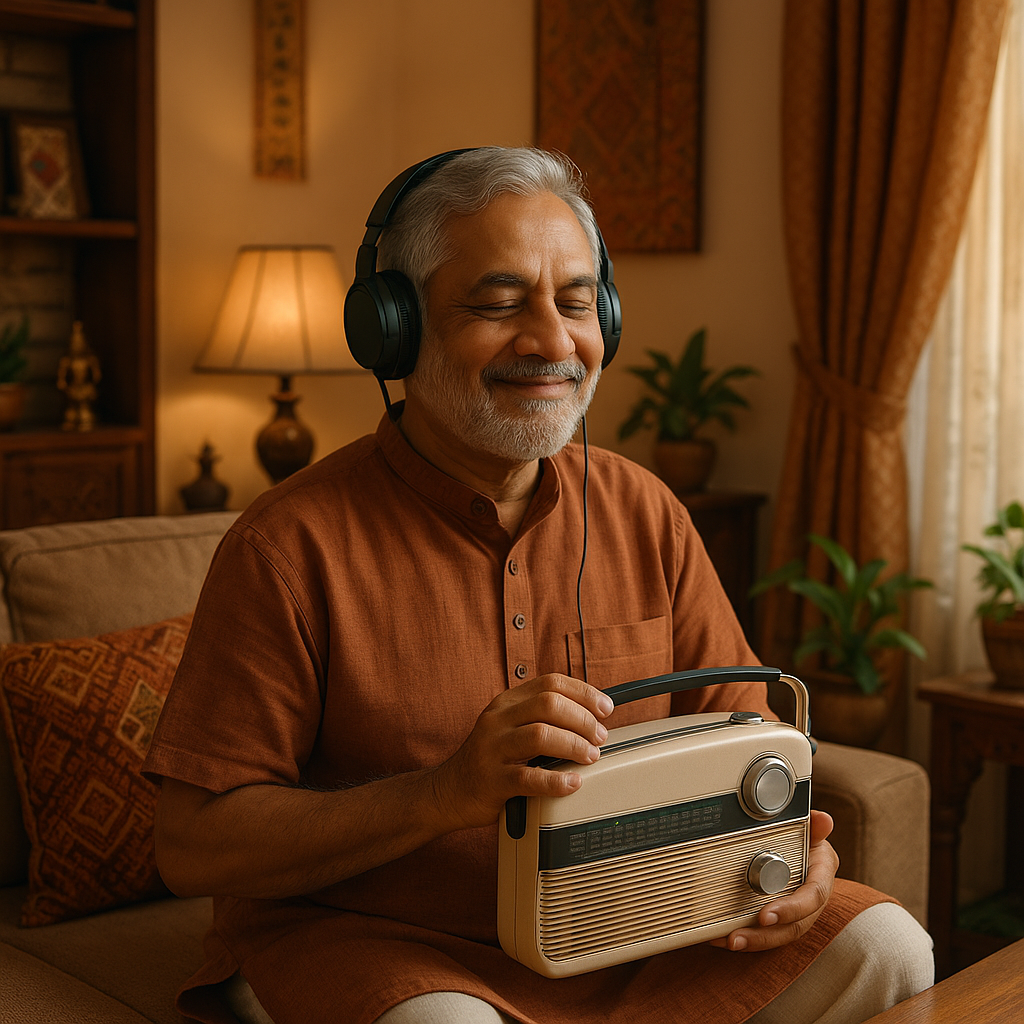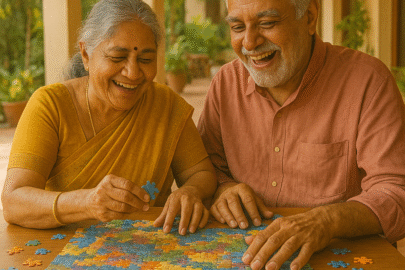
There are moments in life, especially after retirement or when children move away, when silence feels loud. The house feels emptier. The days are longer. You may find yourself asking, “Is this all there is now?”
Being alone after years of activity and responsibility can feel disorienting, even painful.
That heaviness you are feeling? It’s not just about being by yourself. It’s about feeling disconnected, forgotten, or uncertain of your role now.
But here’s the hopeful truth:
The same alone time that feels empty today can become peaceful, purposeful solitude tomorrow.
In this article, we’ll gently explore the difference between loneliness and solitude, and how you can turn time spent alone into something that nourishes your mind, heart, and soul.
Loneliness vs. Solitude: What’s the Difference?
At first glance, loneliness and solitude seem similar. Both involve being by yourself. But their impact on your well-being is dramatically different.
Let’s take a closer look:
| Loneliness | Solitude |
| Feels empty and painful | Feels peaceful and nourishing |
| Often unwanted and isolating | Intentionally chosen |
| Comes with thoughts like “I’m alone because I’m not needed” | Comes with thoughts like “I value this time with myself” |
| Drains your energy | Recharges your spirit |
| Leads to withdrawal | Leads to reflection and creativity |
Loneliness is the absence of connection.
Solitude is the presence of self-connection.
Shifting from one to the other isn’t about changing your situation; it’s about changing your relationship with yourself.
Why Loneliness Is So Common After 50
Many people experience loneliness later in life, and it’s important to understand why, not to blame anyone or anything, but to bring compassion to your experience.
You might feel lonely because:
- Children have moved out and started their own lives.
- Retirement has changed your daily rhythm and sense of identity.
- Friends have moved away or become less accessible.
- Your partner is no longer present, or conversations have reduced.
- There are fewer places where you feel “needed.”
Loneliness is not just the absence of people; it’s often the absence of purpose, of emotional connection, or inner engagement.
But it also carries a message. It says:
“There’s a part of you asking to be seen, heard, and embraced by you.”
How Thoughts Deepen Loneliness
Loneliness often begins with an event, a quiet house, a canceled plan, a long afternoon. But it deepens because of the thoughts that follow.
Example:
- Trigger: A phone doesn’t ring.
- Thought: “Nobody remembers me anymore.”
- Feeling: Sadness → Withdrawal → More silence
You’re not “wrong” for thinking this way; the brain is simply trying to make sense of what’s happening. But if we leave these thoughts unchallenged, they become habits.
Here’s where a powerful tool can help.
Using the Flip Model to Shift from Loneliness to Solitude
Let’s take that thought and gently flip it towards something more helpful.
Original Thought: “No one needs me anymore.”
Flip: “Maybe this time is an opportunity for me to reconnect with myself.”
Action: “I’ll spend 15 minutes doing something that makes me feel calm or creative.”
You don’t need to force positivity. You only need to soften the lens, so you can start seeing possibilities instead of just pain.
Mindfulness: The Bridge Between Loneliness and Solitude
Mindfulness means paying attention to the present moment, without judging it as good or bad. Just noticing.
It helps because:
- It stops the mind from running to regrets (the past) or worries (the future).
- It allows you to sit with what is: your breath, your body, your surroundings.
- It opens the door to calm, clarity, and connection, even in silence.
You don’t have to meditate for hours. Here are some gentle ways to start:
Simple Mindful Activities
- Breathe deeply for one minute, noticing the air enter and leave.
- Sip your tea slowly, paying attention to its warmth and flavor.
- Sit by a window, watching the sky or the trees without rushing.
- Play calming music and simply listen, not as background noise, but with intention.
Even a few mindful minutes each day help shift your relationship with alone time.
How to Make Alone Time Meaningful
Now that we’ve introduced mindfulness, let’s turn to solitude and how you can use it to feel more centered and alive.
Create Gentle Rituals
Start and end your day with small, comforting practices:
- Stretching, breathing, journaling, or lighting a candle.
- Reflecting on one thing you’re grateful for or looking forward to.
Engage in Creative Flow
Do something that makes time disappear:
- Drawing, gardening, knitting, cooking, or storytelling.
- These aren’t just hobbies, they’re doorways into yourself.
Take a Mindful Walk
Even if it’s just around the house or garden:
- Notice your steps, your posture, your breath.
- Let it be a moving meditation.
Keep a Solitude Journal
Each evening, write down:
- One peaceful moment from the day
- One thing you did well
- One small joy you want to repeat tomorrow
This helps reframe solitude as self-discovery, not emptiness.
If/Then Statements to Support You
Create your mental reminders to guide you through lonely moments.
- If I start to feel invisible,
Then I’ll remind myself: “I still matter, to myself, and to the world.” - If the silence feels too loud,
Then I’ll play music, breathe, or write down what I’m feeling. - If I crave connection,
Then I’ll take one small step, a message, a call, or a wave to someone nearby.
These gentle scripts help you respond with care instead of retreating with pain.
You Are Never Truly Alone
Even when people aren’t physically present, you are still connected:
- To your memories and life stories
- To the world around you, trees, sky, air
- To your own inner wisdom and strength
- To others who are also learning how to love their own company
Solitude can become a sacred space, where you meet yourself, soften your thoughts, and remember that you are whole, even when you’re alone.
Final Thoughts: Alone Doesn’t Have to Mean Lonely
You may not have chosen to be alone, but you can choose what that time becomes.
Loneliness says, “I need something outside me to feel whole.”
Solitude says, “Everything I need to feel whole already lives within me.”
Give yourself the gift of slowing down. Of listening inward. Of discovering who you are without the noise, and finding peace in your presence.
*Images have been generated using AI tools





